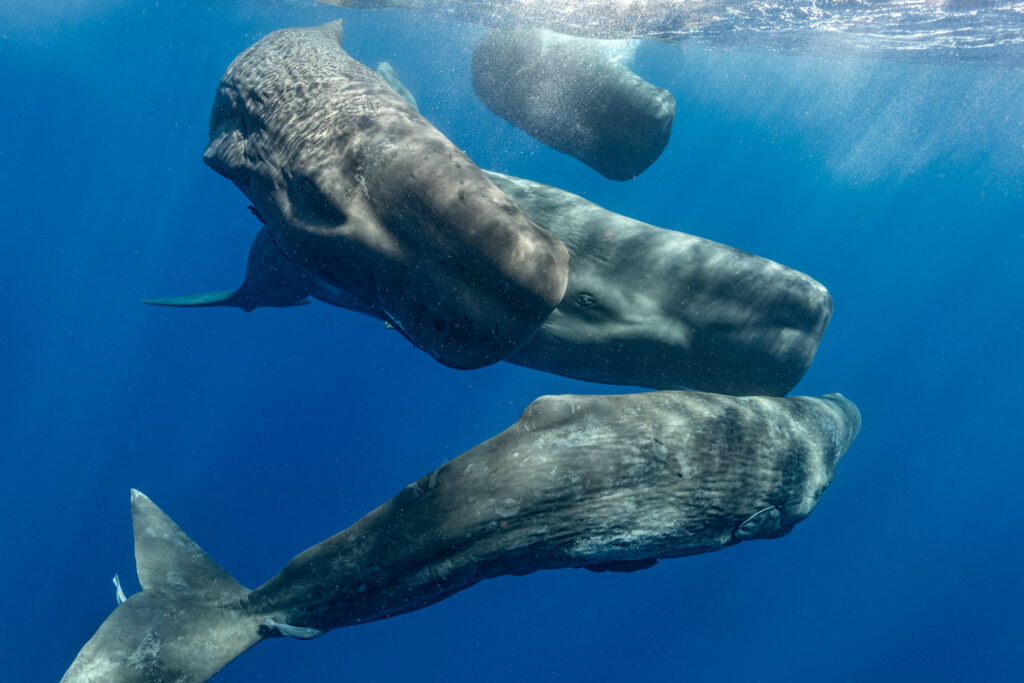Copyright hellomagazine

The Prince and Princess of Wales got their wish of moving into Forest Lodge ahead of Bonfire Night, and they are busy settling into their new surroundings with their three children, Prince George, Princess Charlotte and Prince Louis. Before the relocation from Adelaide Cottage, a secure perimeter was established around the property to ensure the safety of the royals, but now their security measures have been stepped up a gear to include a wider no-fly zone over the top of their eight-bed mansion. This restriction not only applies to helicopters and hot air balloons, but also to drones, which were originally able to get close enough to the residence to obtain photos. Keep scrolling for all the details… The extension now includes a further three-quarters of a mile restriction around the house, and this news comes after the royal couple successfully won a court case against a French publication after the family were papped without their knowledge during a private skiing holiday. Security is a priority for William, especially with young children and this no-fly zone is just another example of the lengths he will go to to protect his family. The notam, aka Notice to Airmen, states the restricted area applies to all "ACFT, including any small balloon, any kite, any UAS and any parachute, including any parascending parachute or paramotor." It is currently classed as a temporary restriction, which is due to expire on 21 January, however, it is thought that by then this will be changed to be a permanent amendment. In my five years writing about royal homes, we've seen no-fly zones become increasingly important when it comes to royal security. Now, technology has allowed for a greater invasion of privacy from a distance, and the monarchy is keen to keep on top of this. Similar no-fly restrictions are present at King Charles' royal homes. Neighbourhood upset To prepare the area for the Wales family's arrival, an access gate to Windsor Great Park had to close. According to The Sun, an order read: "Due to the pending designation of part of the Great Park as an exclusion area, access via Cranbourne Gate will permanently cease." No public consultation around the closure was held, as under the Serious Organised Crime and Police Act 2005, Crown land belonging to the King or his immediate heir is protected. Reports suggest neighbours were not happy with this last-minute change that impacts the access to the park. A fresh start Leaving Adelaide Cottage was not only a strategic move to upsize, but it also had an emotive reason behind it. "Moving gives them an opportunity for a fresh start; an opportunity to leave some of the more unhappy memories behind," a source told HELLO!'s Tracy Schaverien. "They are looking forward to creating many happy family memories in their new home." The bad memories are likely to be the fact that Queen Elizabeth II passed away just weeks after they moved into their abode in 2022, and then Princess Kate was also diagnosed with cancer in 2024, during the time they lived there.



